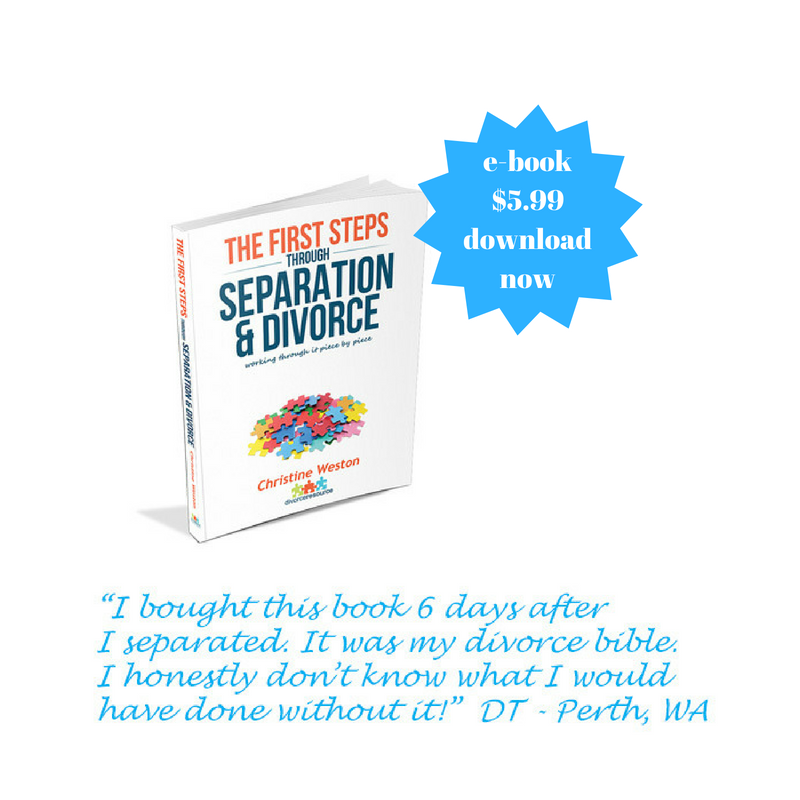

Sometimes, couples can be separated but continue to live separately under the same roof.
There may be times, such as filing for divorce, when you will need to provide evidence that this has been the case. The main way to pressent evidence to the court is to file an affidavit.
Generally, an affidavit should not set out the opinion of the person making the affidavit; that is, it must be based on facts not your beliefs or views.
Where possible you should avoid referring to facts that are based on information received from others (known as hearsay evidence).
You should not include in your affidavit, what you think your spouse was feeling or thinking unless you have evidence of them telling you what they thought or felt at the time, such as a letter or email.
Unless a court orders otherwise, a child (under the age of 18 years) should not prepare an affidavit to support your case.
Any affidavit you file must be served on all parties. Read more about serving documents: Serving divorce papers: A quick how to guide
The affidavit must be divided into paragraphs. Each paragraph must deal with only one aspect of the subject matter. It is suggested that each paragraph contain no more than about 6 lines.
FILED IN: (Mark with X the court that applies)
FAMILY COURT OF AUSTRALIA
FAMILY COURT OF WESTERN AUSTRALIA
FEDERAL MAGISTATE’S COURT OF AUSTRALIA
OTHER: _______________________________
REGISTRY: Enter court location
FILE NUMBER: If known
Parties to the matter:
Your Name (applicant/respondent)
Other party's (OP) name (applicant/respondent)
AFFIDAVIT
Filed on behalf of:
Name of deponent: Name of person making the affidavit
Date sworn/affirmed: ____/____/______ . (Swearing has religious connotation/Affirming does not)
I, Your Name of your address and your occupation make oath and say, as follows:
Write a separate paragraph for each point, if they apply to you:
End of Affidavit
Federal Circuit Court
If you refer to a document in your affidavit, you must attach a copy of it to the back of your affidavit (known as an annexure). Examples of an annexure are a contract of sale or a child’s school report. If there is more than one annexure, you need to refer to each one by a number or letter; for example, Annexure 1 or Annexure A. You also need to number the annexures consecutively, that is, from the first page of the first annexure to the last page of the last annexure. Each annexure must have a statement signed by the authorised person identifying the annexure as the document referred to in the affidavit.
The wording of the statement is:
This is the document referred to as Annexure [insert reference number] in the affidavit of [insert deponent’s name], sworn/affirmed at [insert place] on [insert date] before me [authorised person to sign and provide name and qualification].
The statement must be signed at the same time as the affidavit and by the same authorised person.
Family Court
A document that is to be used in conjunction with an affidavit and tendered in evidence in a court proceeding, must be identified in the affidavit but must not be attached to (or annexed to) the affidavit, or filed as an exhibit to the affidavit. There may be exceptions where court orders or the Rules provide otherwise (for example Family Law Rule 15.62 in relation to expert reports). The document/s referred to in the affidavit must be served with the affidavit on the other party/ies after filing and referenced in the disclosure list. The document/s must then be tendered in evidence at the court event when the relevant affidavit is relied upon or as required. See Family Law Rule 15.08. Source: Family Court of Australia.
The person making an affidavit (the deponent) must sign the bottom of each page in the presence of an authorised person, such as a lawyer (as long as they have not participated in preparing the affidavit or in the proceedings in which the affidavit is intended to be used), or Justice of the Peace.
If you are overseas a Notary Public or Australian Diplomatic/Consulate Officer can witness the signature.
On the last page of the affidavit the following details must be set out (known as a jurat):
If any alterations (such as corrections, cross-outs or additions) are made to the affidavit, the person making the affidavit and the witness must initial each alteration.
If you have decided to end your relationship, you should start to educate yourself. I know the overwhelming feelings of making these decisions and facing your new realities. My book, The First Steps through Separation and Divorce will guide you through the emotional and practical aspects you may need to address in the coming weeks, months and years.

Click here to get your copy
Help yourself to a 20% discount by using the coupon code EMPOWER at the checkout.

Published by, Christine Weston
Founding Director and Creator of Divorce Resource
Australian Nationally Accredited Mediator and Divorce Coach
The information in this article is general in nature and a sample only and should not be considered as legal advice. You should seek the advice of a registered professional who will be able to appropriately assess your specific circumstances before offering their expert opinion.